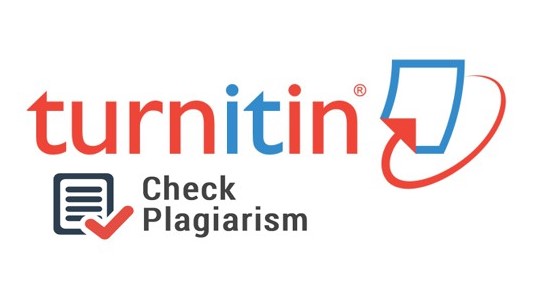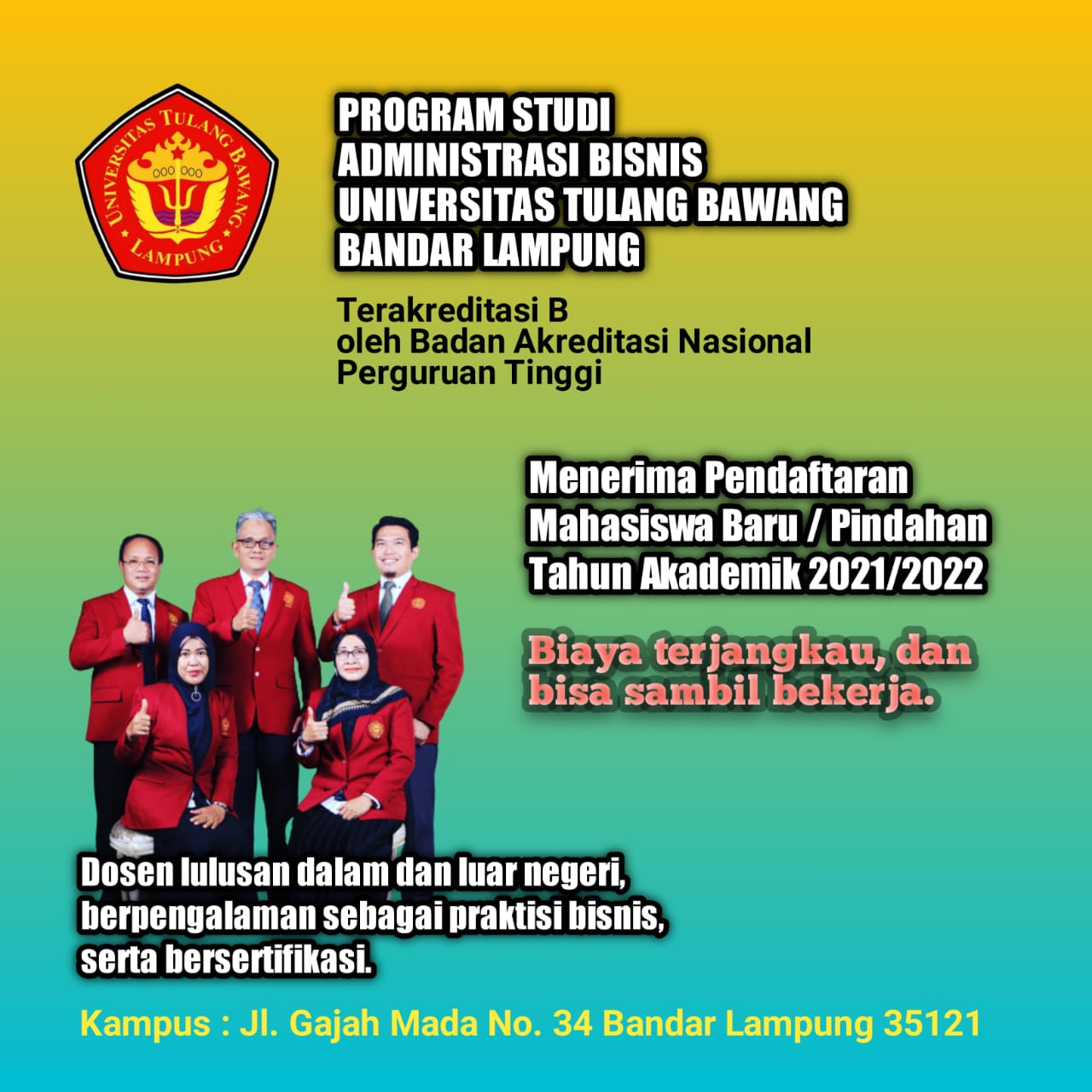Analisis Pengaruh Kemampuan Dinamis Organisasi terhadap Segmentasi, Targeting, dan Positioning
DOI:
https://doi.org/10.37090/bpj.v4i2.2090Abstrak
An organization's ability to be dynamic amidst global competition is very much needed, in order to be able to adapt quickly to market changes and continuously developing business trends. Organizations that are unable to adapt quickly will be left behind and find it difficult to compete with their competitors. This lag makes organizations compete to change and adapt to the business environment around them. An appropriate marketing concept is also very important to help organizations compete in the global market, one of which is by implementing segmentation, targeting and positioning (STP). This research aims to determine the influence of an organization's Dynamic Capabilities on Segmentation, Targeting & Positioning. So that an organization can maximize its ability to survive in conditions of global competition. This research is supported by the AIDA Models, Nayaka and SECI models, in addition to literature studies from scientific journals describing the factors that influence the research. The research results show that in carrying out STP, organizations need to have adequate dynamic capabilities to create competitive advantages and maintain their position in the market. This helps the organization in maintaining its position in the market by improving the quality of products or services and creating added value for consumers. Organizations that have good dynamic capabilities will be able to optimize their resources to create higher quality products or services and create added value for consumers. This will help the organization in improving its position in the market and winning the competition. In implication, organizations need dynamic capabilities in innovation, adaptation, organizational collaboration, and decision making to create greater opportunities.
Keywords: Dynamic Capabilities; Segmentation, Targeting, Positioning
Unduhan
Referensi
Achrol, R. S., & Kotler, P. (2017). Extending the Marketing Dialog on Poverty. Markets, Globalization & Development Review, 2(1). https://doi.org/10.23860/mgdr-2017-02-01-06
Andaleeb, S. S. (2016). Market Segmentation, Targeting and Positioning. Strategic Marketing Management in Asia, 179–207. https://doi.org/10.1108/978-1-78635-746-520161006
Barney, J. (1991). Firm Resources and Sustained Competitive Advantage. Journal of Management, 17(1), 99–120. https://doi.org/10.1177/014920639101700108
Bingham, E., Chen, J. P., Jankowiak, M., Obermeyer, F., Pradhan, N., Karaletsos, T., Singh, R., Szerlip, P., Horsfall, P., & Goodman, N. D. (2019). Pyro: Deep universal probabilistic programming. Journal of Machine Learning Research, 20, 1–6.
Dibb, S., & Simkin, L. (1991). Targeting, Segments and Positioning. International Journal of Retail & Distribution Management, 19(3), 4–10. https://doi.org/10.1108/09590559110143800
Georgiadis, P., & Gouscos, D. (2009). Editorial. International Journal of Electronic Governance, 2(2–3), 99–100.
Grant, R. M. (1996). Toward a knowledge-based theory of the firm. Strategic Management Journal, 17(SUPPL. WINTER), 109–122. https://doi.org/10.1002/smj.4250171110
Helfat, C. E., & Peteraf, M. A. (2009). Understanding dynamic capabilities: Progress along a developmental path. Strategic Organization, 7(1), 91–102. https://doi.org/10.1177/1476127008100133
Ishihara, N., Nomura, M., Jofuku, A., Kato, H., Suzuki, S. O., Masuda, K., Otera, H., Nakanishi, Y., Nonaka, I., Goto, Y. I., Taguchi, N., Morinaga, H., Maeda, M., Takayanagi, R., Yokota, S., & Mihara, K. (2009). Mitochondrial fission factor Drp1 is essential for embryonic development and synapse formation in mice. Nature Cell Biology, 11(8), 958–966. https://doi.org/10.1038/ncb1907
Islam, M. M. (2020). Segmenting, targeting and positioning in Islamic marketing. Journal of Islamic Marketing, 12(7), 1385–1404. https://doi.org/10.1108/JIMA-10-2018-0181
Krajewski, L. (2018). OPERATIONS MANAGEMENT + MYLAB OPERATIONS MANAGEMENT WITH PEARSON ETEXT ACCESS CARD : ... processes and supply chains, student value edition.C.
Montanari, A., Young, G., Savenije, H. H. G., Hughes, D., Wagener, T., Ren, L. L., Koutsoyiannis, D., Cudennec, C., Toth, E., Grimaldi, S., Blöschl, G., Sivapalan, M., Beven, K., Gupta, H., Hipsey, M., Schaefli, B., Arheimer, B., Boegh, E., Schymanski, S. J., … Belyaev, V. (2013). “Panta Rhei-Everything Flows”: Change in hydrology and society-The IAHS Scientific Decade 2013-2022. Hydrological Sciences Journal, 58(6), 1256–1275. https://doi.org/10.1080/02626667.2013.809088
P Kotler, G Armstrong, MGM Gay, R. C. (2017). Fundamentos de marketing. In Marketin-Free.Com (p. 9). http://www.marketing-free.com/marketing/definicion-marketing.html%0Ahttp://dspace.ucbscz.edu.bo/dspace/bitstream/123456789/13122/1/9936.pdf
Raman, A., & Mcinst, M. (n.d.). Social Media Marketing - From „ Bowling ‟ to „ Pinball ‟ By Svend Hollensen , Associate Professor ,.
Saefudin, W., Sriwiyanti, S., & Yusoff, S. (2021). Spiritual Well-Being sebagai prediktor performa akademik siswa di masa pandemi. Kariman, 09(02), 247–262. https://www.researchgate.net/profile/Wahyu-Saefudin/publication/358040452_Nomor_02/links/61ec95755779d35951ca10c2/Nomor-02.pdf
Suganda, U. K., Handayani, W. F., & Amalia, A. (2021). “The Effect of Promotion and Perception of the Quality of Advan Smartphone Products on Purchase Interest in the Dukomsel Store Bandung.” Review of International Geographical Education Online, 11(6), 778–783. https://doi.org/10.48047/rigeo.11.06.95
Teece, D. J., Pisano, G., & Shuen, A. (2009). Dynamic capabilities and strategic management. Knowledge and Strategy, 18(April 1991), 77–116. https://doi.org/10.1093/0199248540.003.0013
Vishnoi, S. K., Bagga, T., Sharma, A., & Wani, S. N. (2018). Artificial Intelligence Enabled Marketing Solutions: A Review. Indian Journal of Economics & Business, 17(4), 167–177.
Wang, C. L., & Ahmed, P. K. (2007). Dynamic capabilities: A review and research agenda. International Journal of Management Reviews, 9(1), 31–51. https://doi.org/10.1111/j.1468-2370.2007.00201.x
Unduhan
Diterbitkan
Terbitan
Bagian
Lisensi
Hak Cipta (c) 2024 Niki Agus Santoso, Dora Rinova

Artikel ini berlisensi Creative Commons Attribution 4.0 International License.






